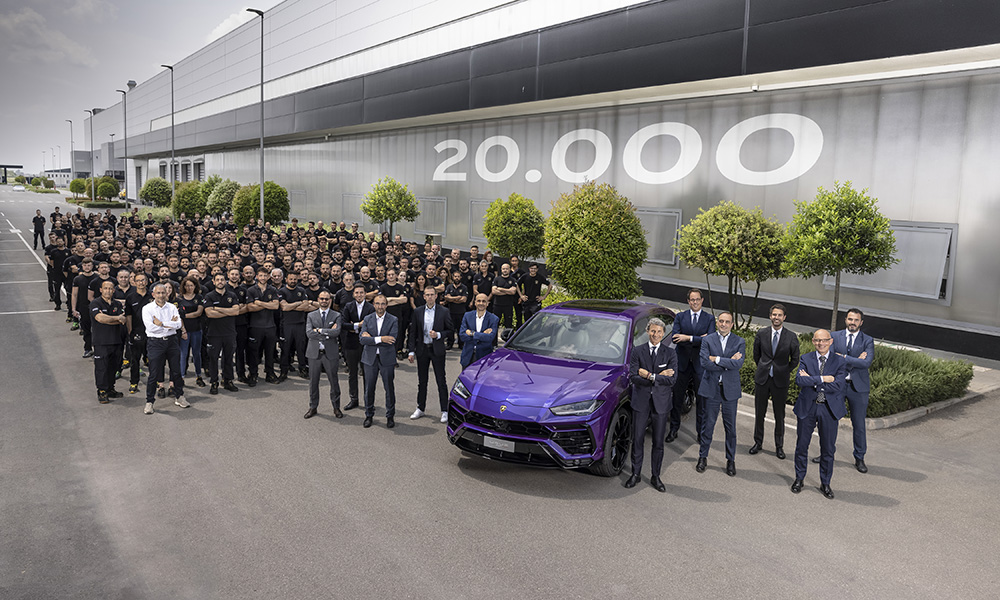
The Lamborghini Urus may not be the most exotic car, but it is the most important one for the Italian auto manufacturer. Since debuting in 2018, the SUV has allowed the company to expand thanks to high sales records.
After its December 2017 launch, more than 70% of initial orders were from soon-to-be first-time Lamborghini owners. Now, 20,000 units have been produced with the latest one in Viola Mithras bound for a customer in Azerbaijan.
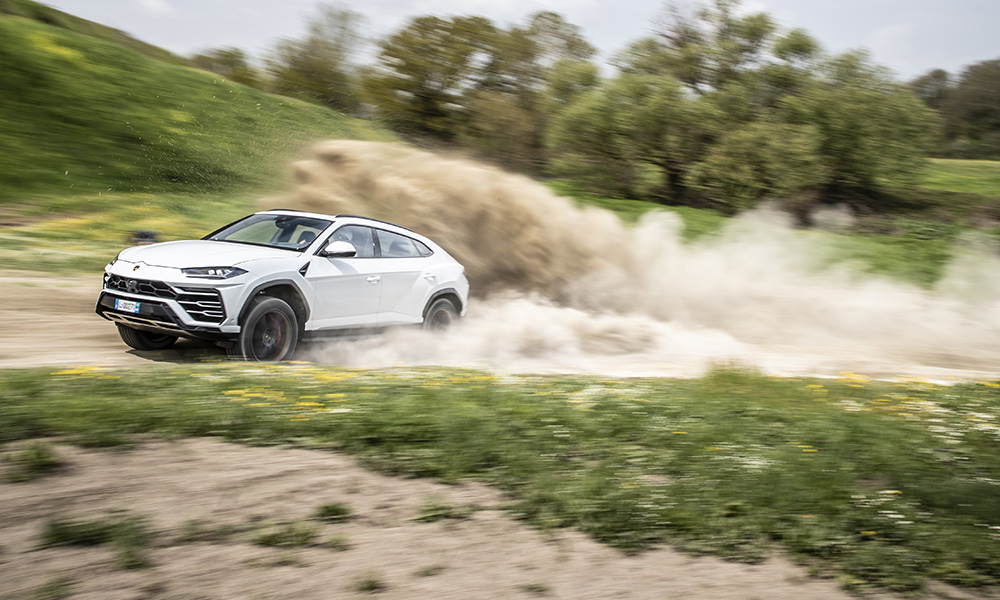
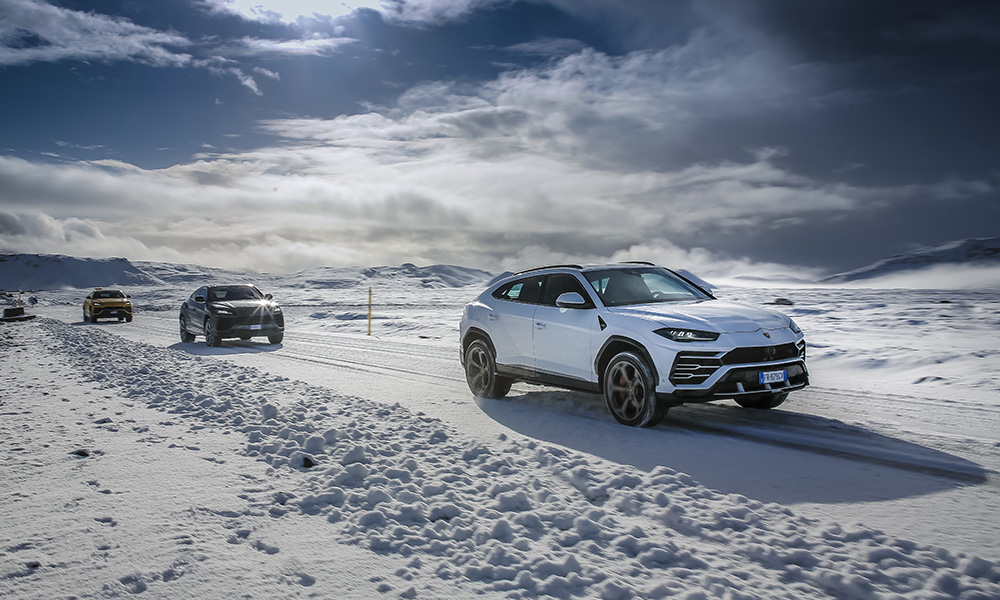

Aside from being a best-selling car, it is also an award-winning one being the protagonist of the “Unlock Any Road” events worldwide. Estimates say that the Lamborghini Urus has covered a cumulative distance of more than 360,000,000km across all units.
Its six driving modes (Strada, Sport, Corse, off-road, sand and snow) allow the SUV to traverse multiple terrains such as a frozen Lake Baikal in Russia where it set the top speed record. The car also scaled India’s Umling La pass with an elevation of 5.88km, the highest of any drivable road.
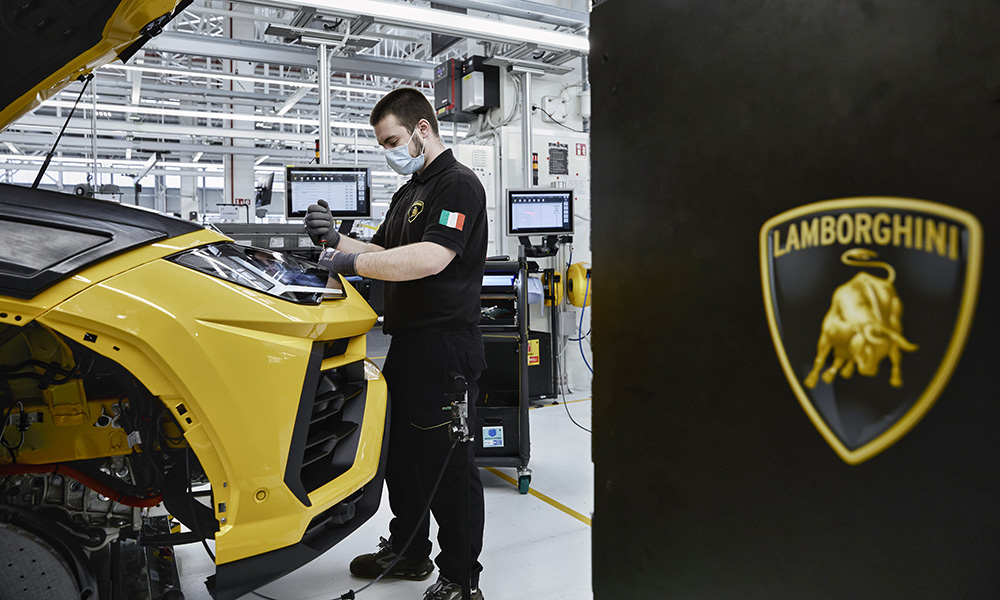
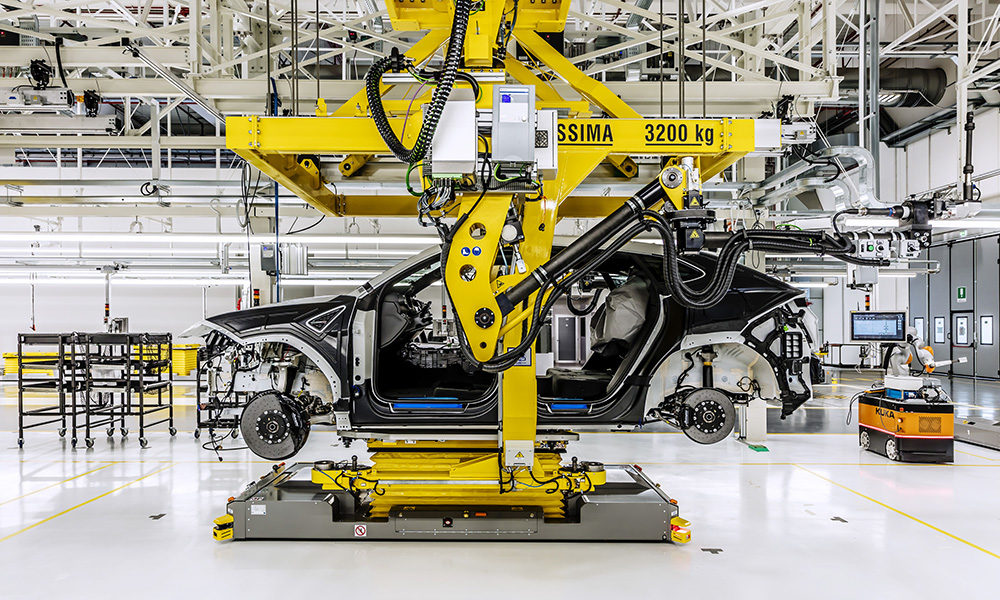
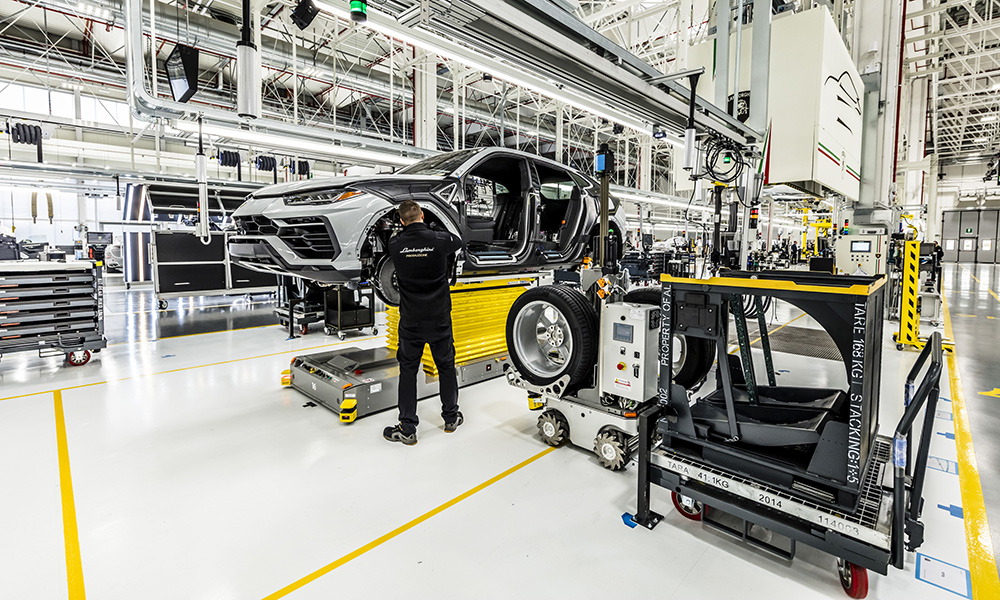

In spite of this, its most important contribution was on the production side. Since the debut of the Urus, Lamborghini has doubled its factory space from 80,000sq-m to 160,000sq-m with more than 500 permanent staff members hired from 2015 to 2018.
With these, Lamborghini Manufacturing 4.0 was introduced to improve manufacturing efficiency. In 2019, the Urus paint shop was established with Grigio Telesto, Blue Cepheus, Viola Pasifae, Nero Noctis Matt, and Arancio Borealis emerging as the customers’ favorite colors. In the quest for sustainability, trains were used instead of trucks starting in 2020 to deliver the Urus bodies, cutting down carbon-dioxide emissions by 85%.
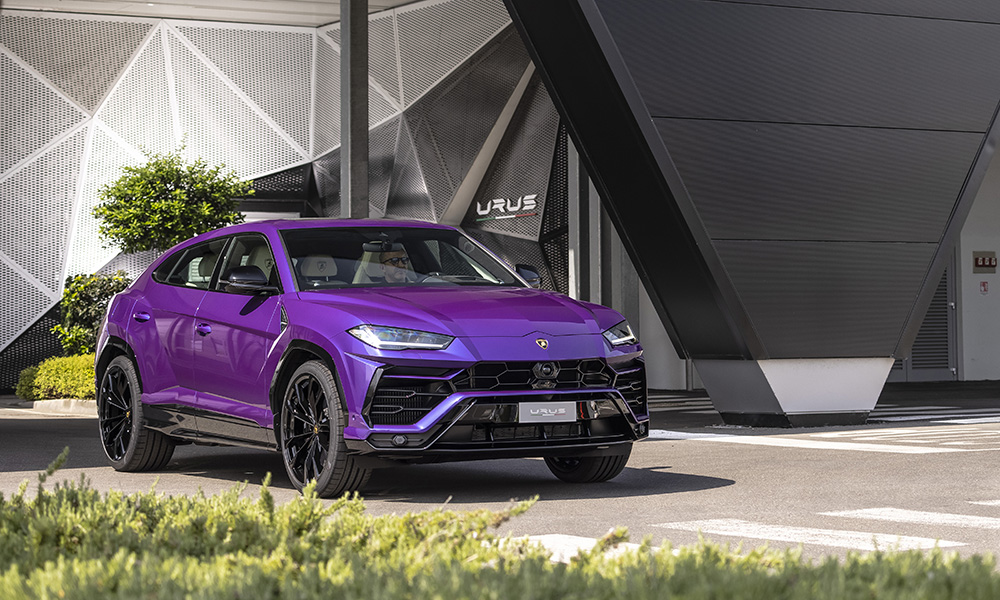
With a 4.0-liter twin-turbo V8 producing 650hp and 850Nm, the Urus has been a game-changing model for both its owners and its manufacturer.
In making the Lamborghini brand more accessible with an exciting and powerful SUV, the increased revenue has allowed the company to upgrade its facilities and create more livelihood while innovating its manufacturing processes for greater efficiency and sustainability.

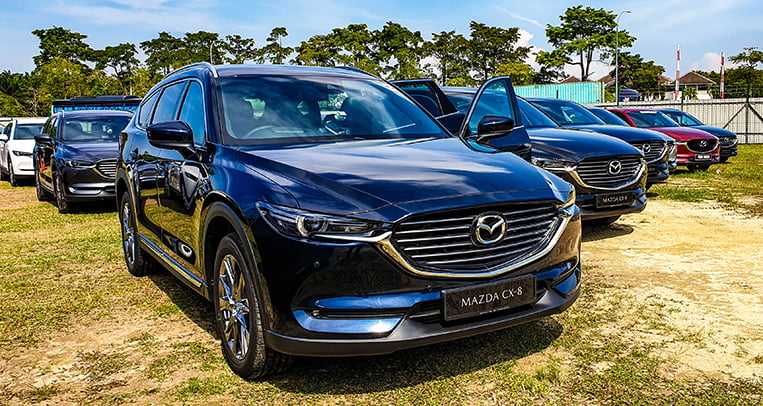

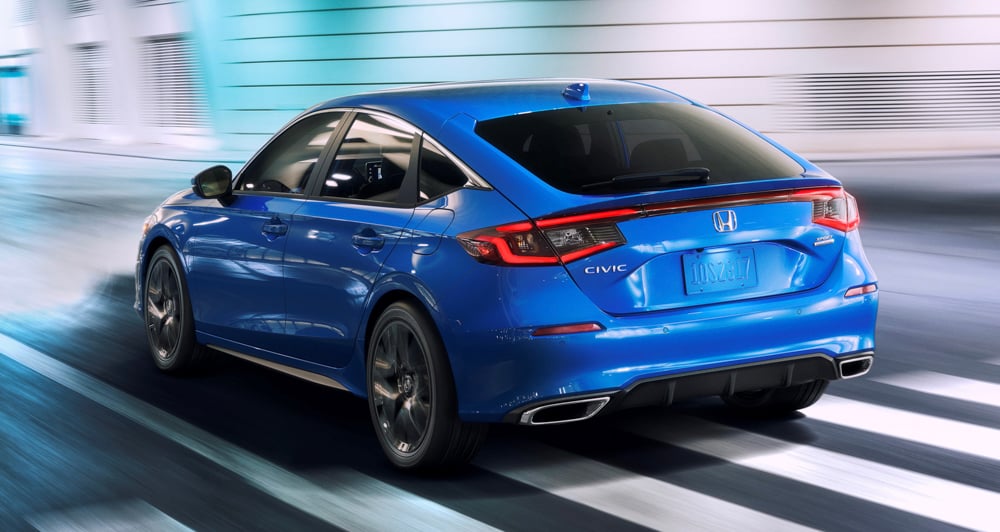
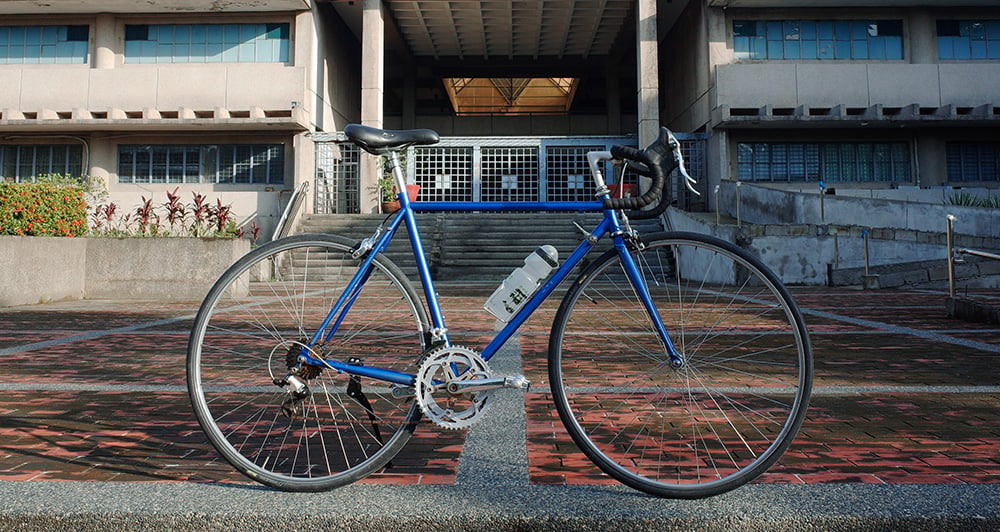
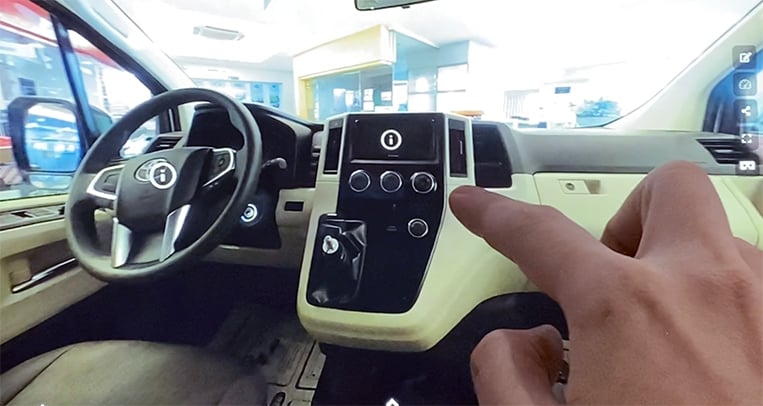
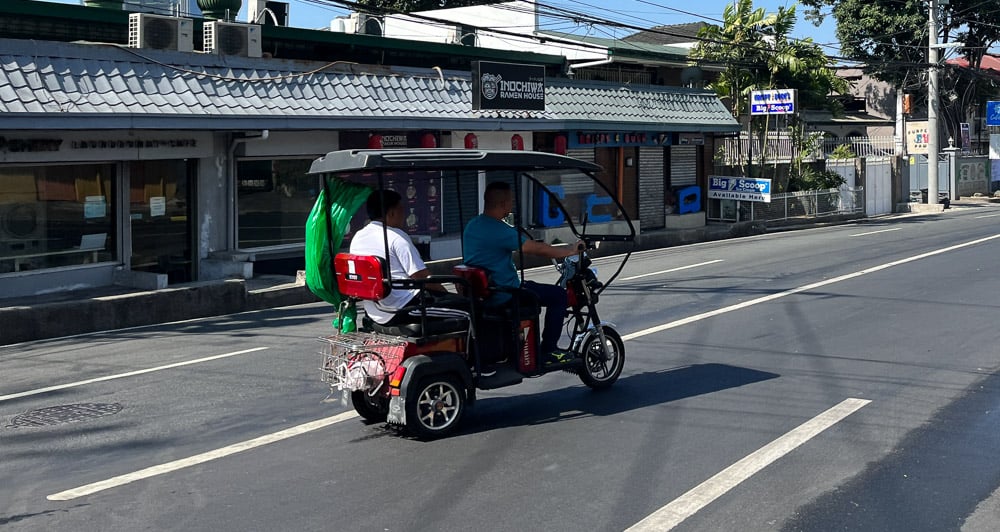

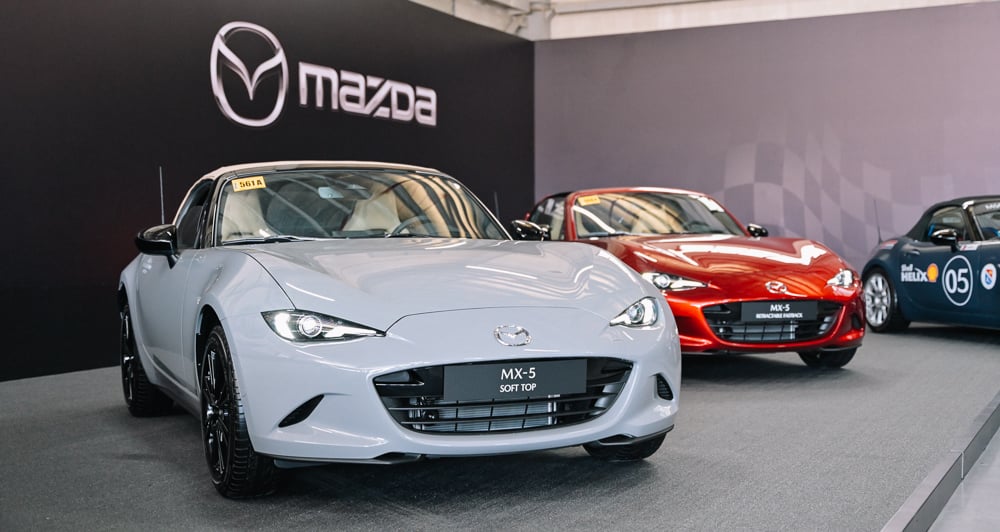
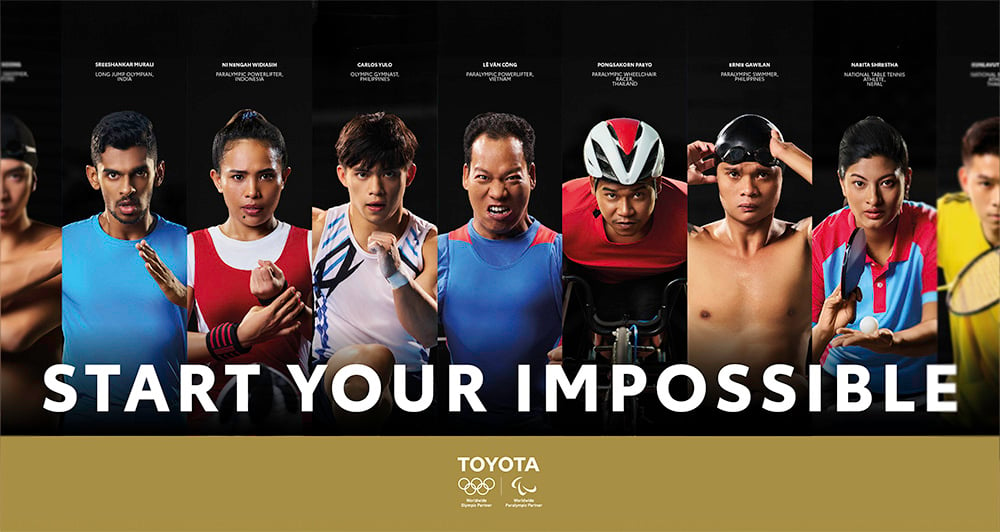
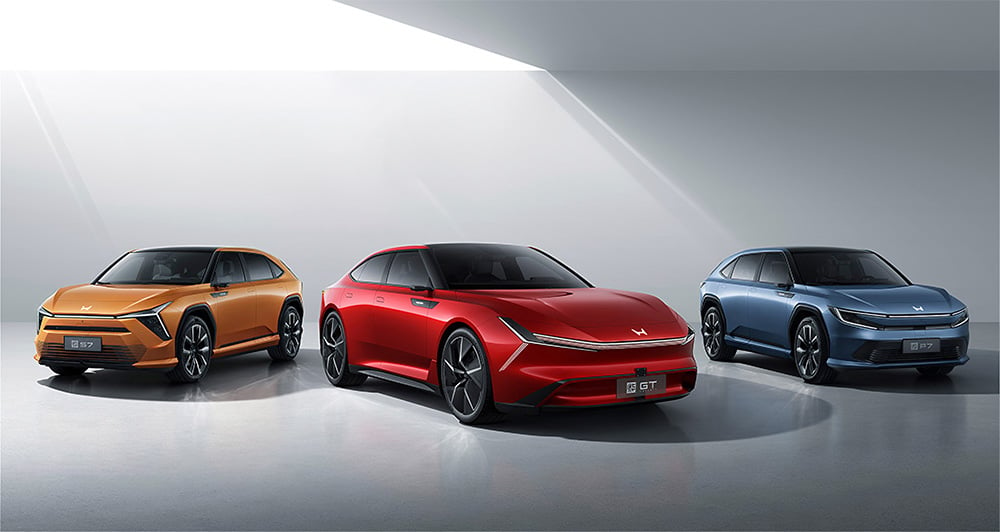
Comments